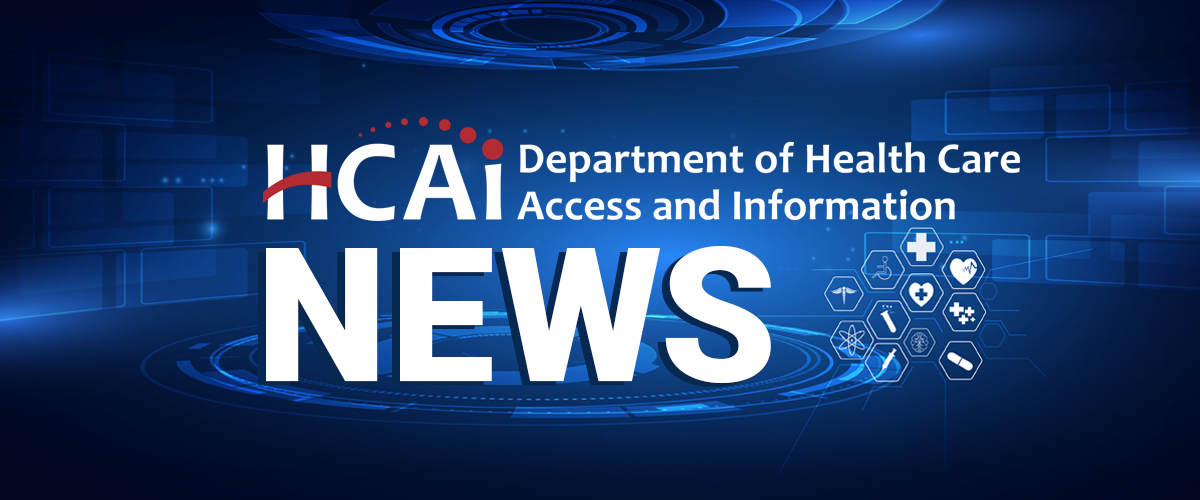HCAI is in the process of developing brand new data specifications for non-claims payment data – and you have the opportunity to weigh in: https://hcai.ca.gov/about/laws-regulations/#non-claims-payment-data-collection
From the start, HCAI called its All-Payer Claims Database the Healthcare “Payments” Database (HPD) to recognize the prevalence of managed care in California, which often uses capitation and incentive payments to promote value-based care.
The HCAI Healthcare Payments Data Review Committee made 36 unanimous recommendations in 2020 for how to implement and operate the HPD. In addition to recommendations about the file formats and specifications for claims-based payments, the Review Committee also recommended that “the HPD should collect non-claims payments, in order to capture the total cost of care … since these payments are not included in the APCD-CDL, the department will work with stakeholders to specify the formats and sources of the supplemental files.”
Working with California’s health plans and insurers, HCAI has led the way in adopting a national standard for non-claims payments. Based on existing frameworks from the Health Care Payment Learning and Action Network and Milbank Memorial Fund, HCAI collaborated with the National Association of Health Data Organizations to add specifications for non-claims payments to their existing APCD data specification, which has been adopted by many states.
HCAI’s regulations formally adopt the new national standard for the HPD Program, as well as specify other details for implementation. During the public comment period, members of the public are encouraged to provide their input to help inform this process. Read the proposed rule and learn how to submit your comment: https://hcai.ca.gov/about/laws-regulations/#non-claims-payment-data-collection. All comments must be received by 5:00 p.m. on September 17, 2024.
As a health data organization, HCAI is committed to promoting the adoption of national and industry standards for health care data. Such standards support common data management practices, minimize administrative burden for health care entities, and enable comparability across datasets.


